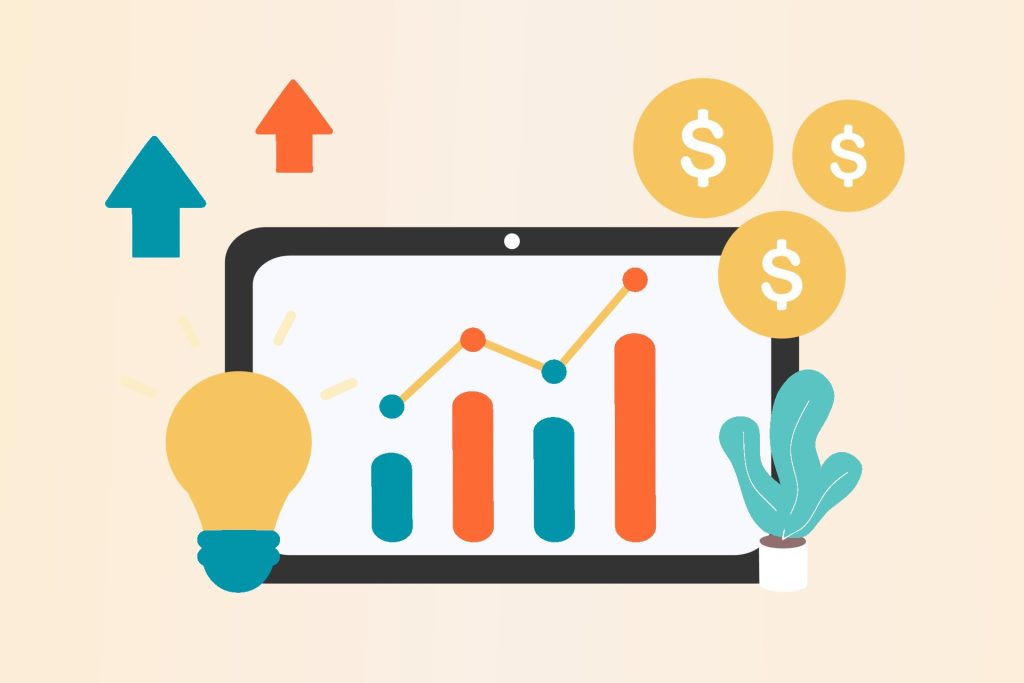What is demand forecasting and where does it work best?

Demand forecasting or demand planning is an approach that attempts to forecast or predict what demand for a product or service will be in the future. This could be done at a short-term horizon, over the next few days or weeks, or a long-term horizon, like the next few months.
This forecast of demand can then be used to drive key aspects of the business, like stock planning and ordering, the timing of promotions, and staff scheduling. Traditionally, demand forecasting has relied heavily on past sales performance and knowledgeable individuals to make these predictions. However, this is now being augmented through the use of machine learning approaches, real-time economy data, and behavioural insights. These approaches which combine ‘man and machine’ can substantially reduce forecast errors for both short- and long-run demand planning, which in turn improves business efficiency, profitability and customer experience.
Is demand forecasting for me?
Now you may be wondering: what types of companies, products, or services benefit most from improved demand forecasting?
In our experience at Predictive Insights companies which benefit most from demand forecasting have three characteristics.

The demand for the products or services should be variable, over both time and location, and there should be largish numbers of products, services and/or locations (too many for a human to be able to realistically monitor).

There should be some cost to getting forecasts wrong – for example, overstocking of certain products; items like food going off if not sold; or poor customer experience if an order is not fulfilled in time.

The business should be willing, and able, to act on the improved forecasts through integrating them into existing processes or creating new approaches which use these forecasts.
Interested in demand forecasting?
Find out whether your business would be a good fit for improved demand planning through the use of machine learning, behavioural insights and real-time data in economy.
Get Started Read our Case Study